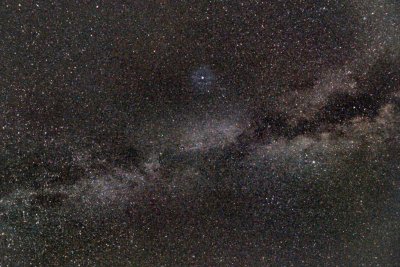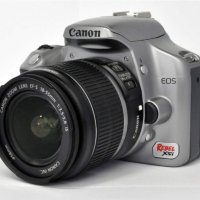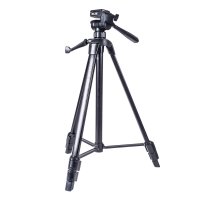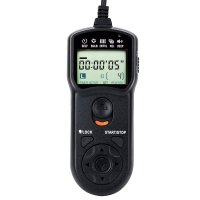Astrophotography can seem daunting at first, but it's easier than it might seem. In this first chapter, we'll cover the basics: what astrophotography is, why it's so fascinating, and what you'll need to get started for under $1000!
Welcome to my new series: Introduction to Astrophotography

I'm the Astropotamus, a Time Traveler, and I'll be guiding you through the wonderful world of time travel by capturing the night sky with a camera. Whether you're an amateur photographer or just curious about the stars, this series is for you. Let's get started!
Astrophotography (which is hard to type over and over, so it's often called "AP" or "astro imaging") is all about capturing images of celestial objects like stars, planets, and galaxies. It's a perfect blend of science and art, allowing us to see the universe in incredible detail.
At astropotamus.com, we call it time travel because when you look up at the night sky, you are looking back in time. The light that you see from those objects in space left their surface thousands, millions, or even billions of years ago and is just now reaching us. That means that you're seeing it the way it looked then, not now. In fact, some of those things you see may not even be there any more. Even the light from the Moon, our closest neighbor, is almost two seconds old by the time it reaches your eyes!
Types of Astrophotography
Everyone asks, "what equipment do I need and how much will it cost?" The answer is "it depends." It depends on what you want to take pictures of. There are four basic types of AP:
- Lunar and Solar
- Wide-field Deep Space Objects (DSO)
- Narrow-field DSO (typically, this is galaxies)
- Planetary imaging
I talk about each one in their own articles but each has different equipment requirements. I've listed them in the general order of cheapest to most expensive, for the average Time Traveler. If you want to do specialized Hydrogen-alpha narrowband imaging of the Sun, for instance, it's going to cost you a lot more than so-called "white-light filters." More on that in the Lunar and Solar article. The point is, just like if someone asked you "what's the best car to buy and how much will it cost," the answer depends on what they need it for.
Astrophotography General Knowledge
We talk about a lot of things in astrophotography that sound like crazy weird science fictdion mumble jumbo to anyone not familiar with the hobby. Like anything, these terms become second nature as you explore astro imaging. I'll try to talk about some of the more important topics that a beginner might need to know. Here's a short list:
Equipment Needed (all for about US$850)
You may be surprised to learn that you probably already have some of what you need to get started. Here's a quick rundown:
| Camera | Lens | Tripod | Remote Shutter Release |
|---|---|---|---|
 |
 |
 |
 |
| A DSLR or mirrorless camera is ideal, but even a good smartphone can get you started. I'm using an old Canon 450D/Xsi but the newer Rebel T7 would be even better. | A wide-angle lens is perfect for capturing large portions of the sky. The Canon 10-18mm image stabilized zoom lens is what I use, and it's a great one to start out with! | A sturdy tripod is essential for long exposure shots. This Slik U8800 lightweight travel tripod is ideal and offers many "pro" features at a great low price! | This helps to minimize camera shake. I use a JJC model that offers self-timer, interval timer, long-exposure timer and exposure-count setting features as well as simple remote shutter. |
In addition to physical equipment, software like Stellarium can help you find celestial objects, and there's a ton of both free and commercial software for editing your images and turning them into masterpieces. We'll talk more about that in a later chapter.
In the next chapter, we'll dive deeper into setting up your gear and choosing the right settings for your first shots. Until then, happy shooting, and I'll see you...in the dark!